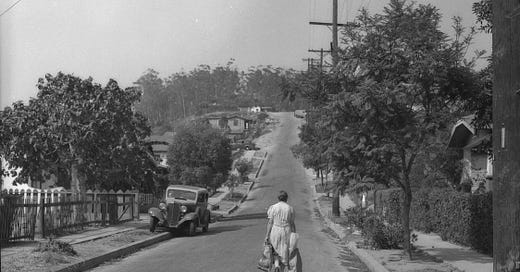I just moved. I ratchet-strapped my old mattress—the one I hadn't slept on since summer of 2020—to the top of my mom's old Chevy and drove a smooth 70mph to a little apartment on a hill in Chinatown Los Angeles. This house to me, in this moment, is perfect. There are 3 flights of ste…
Keep reading with a 7-day free trial
Subscribe to West Ends to keep reading this post and get 7 days of free access to the full post archives.





